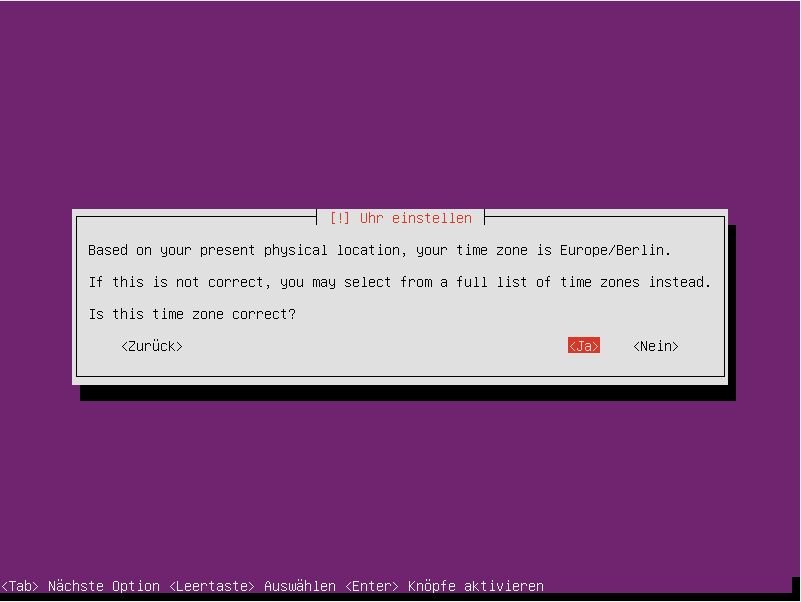

- #UBUNTU LOGICAL VOLUME MANAGER 16.04 SERVER HOW TO#
- #UBUNTU LOGICAL VOLUME MANAGER 16.04 SERVER INSTALL#
- #UBUNTU LOGICAL VOLUME MANAGER 16.04 SERVER SERIAL#
- #UBUNTU LOGICAL VOLUME MANAGER 16.04 SERVER WINDOWS 10#
Ubuntu 16.04 will ship in two variants, one with Unity 7 and another with Unity 8. If you could post some more information to your question (output of df, fdisk -l, pvdisplay, vgdisplay and lvdisplay), I could give you additional hints and correct my answer to fit your configuration. The curated list of features to be expected with the final build of Ubuntu include: First Ubuntu LTS to ship Systemd as the default service manager. 18, Enter the amount of disks that youd like to set for LVM volume group. The online resize of the (mounted) filesystem depends on your kernel current kernels with ext2/3/4 filesystem support expansion of mounted filesystems.Īn other solution would be to extend the partition itself with gparted, then use pvresize (see here, but for that you would have to boot Live Ubuntu from a CD or ISO, as you cannot increase a mounted partition through gparted. 1, Insert a disk for installation of Ubuntu 16.04 and reboot your computer. Should increase the logical volume vg0-rootto the possible maximum (option -l 100%VG) and resize the filesystem as well (option -r). Then execute sudo vgextend vg0 /dev/sda4Īgain, find out the name of your logical volume sudo lvdisplay

Remember the name of the volume group (say it is vg0).
#UBUNTU LOGICAL VOLUME MANAGER 16.04 SERVER INSTALL#
To install LVM on Arch Linux and Manjaro: sudo pacman -S lvm2. To install LVM on CentOS, Fedora, AlmaLinux, and Red Hat: sudo dnf install lvm2. To install LVM on Ubuntu, Debian, and Linux Mint: sudo apt install lvm2. Now find out the name of your LVM volume group: sudo vgdisplay Use the appropriate command below to install LVM with your system’s package manager. Next, from commandline execute: sudo pvcreate /dev/sda4 # to make the partition available for LVM If either is missing or incorrect, fdasd re-creates it. fdasd checks that the volume has a valid volume label and VTOC.
#UBUNTU LOGICAL VOLUME MANAGER 16.04 SERVER SERIAL#
With fdasd you can create, change, and delete partitions, and also change the volume serial number. Remember the name of the newly created partition. Use the fdasd command to manage partitions on ECKD-type DASD that were formatted with the compatible disk layout. I currently have a Logical Volume for a Lucid install, and one for a Maverick install, so that is what I named. If you are installing, you probably want to create a Logical Volume like this to use as a root filesystem, and one for swap, and maybe one for /home. You could also do this from the commandline with fdiskor gdisk, ifyou are used to. This creates a Logical Volume named bar in Volume Group foo using 5 GB of space. Start gparted in the virtual machine, select the system disk, and create a new partition in the free space with type 'LVM'.

As you choose LVM, you may proceed as follows: Read it now on the OReilly learning platform with a 10-day free trial. Start the VM again.Suppose there is one LVM partition (except from /boot and maybe EFI), depending on the configuration of your virtual disk. The Virtualization Cookbook for IBM z Systems Volume 4: Ubuntu Server 16.04.Use the GUI to expand the drive to something reasonable, like 128 GB.(If this option is disabled, you need to go back and delete any checkpoints for the VM in the Hyper-V Manager just select the VM and right click the checkpoint in the checkpoint field below.) Use Hyper-V Manager to select the Settings of the Virtual Machine, select the Hard Drive option and Edit under Virtual hard disk.
#UBUNTU LOGICAL VOLUME MANAGER 16.04 SERVER HOW TO#
However, if this method is used, you may end up with a tiny Ubuntu virtual disk that will not be useful for any serious work and it is less obvious than the initial setup how to increase the size of this disk.
#UBUNTU LOGICAL VOLUME MANAGER 16.04 SERVER WINDOWS 10#
It is quick and easy to use Hyper-V Quick Create to get an Ubuntu virtual machine running on a Windows 10 computer.


 0 kommentar(er)
0 kommentar(er)
